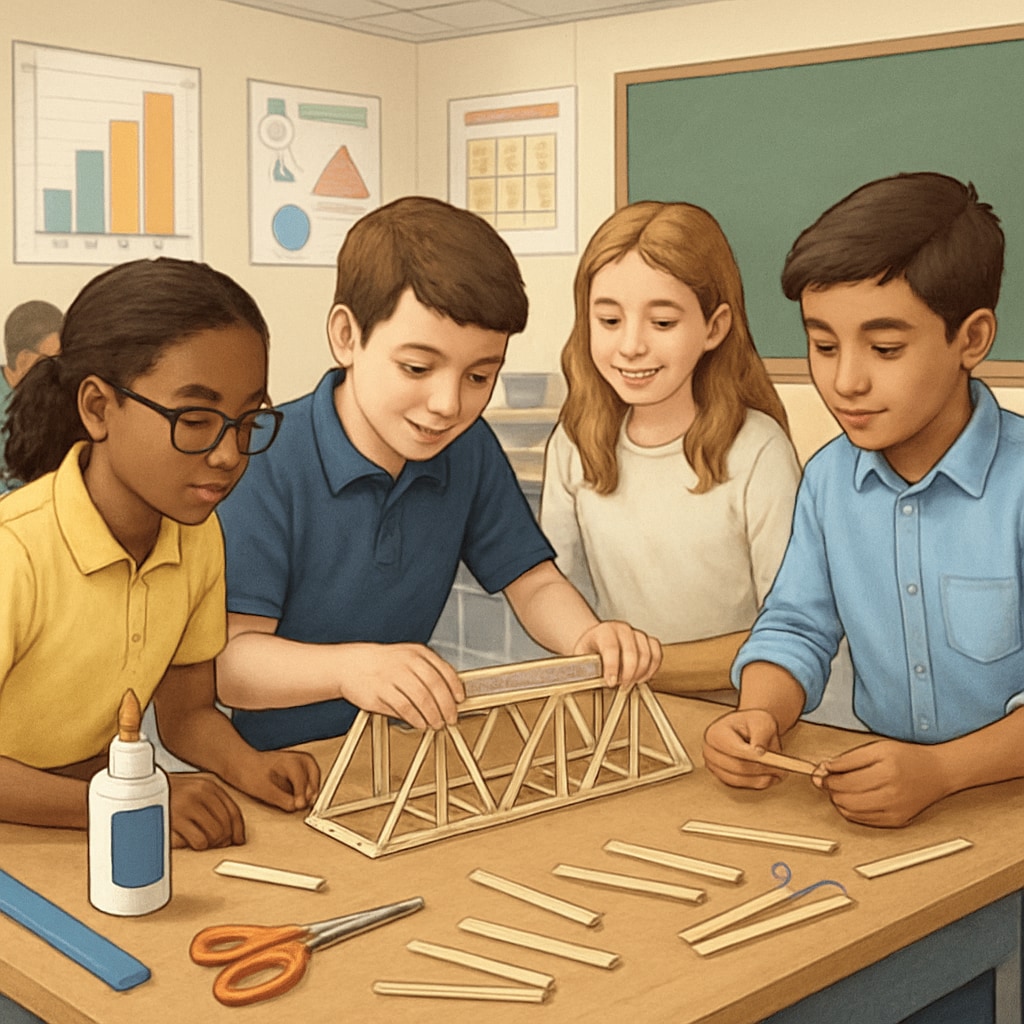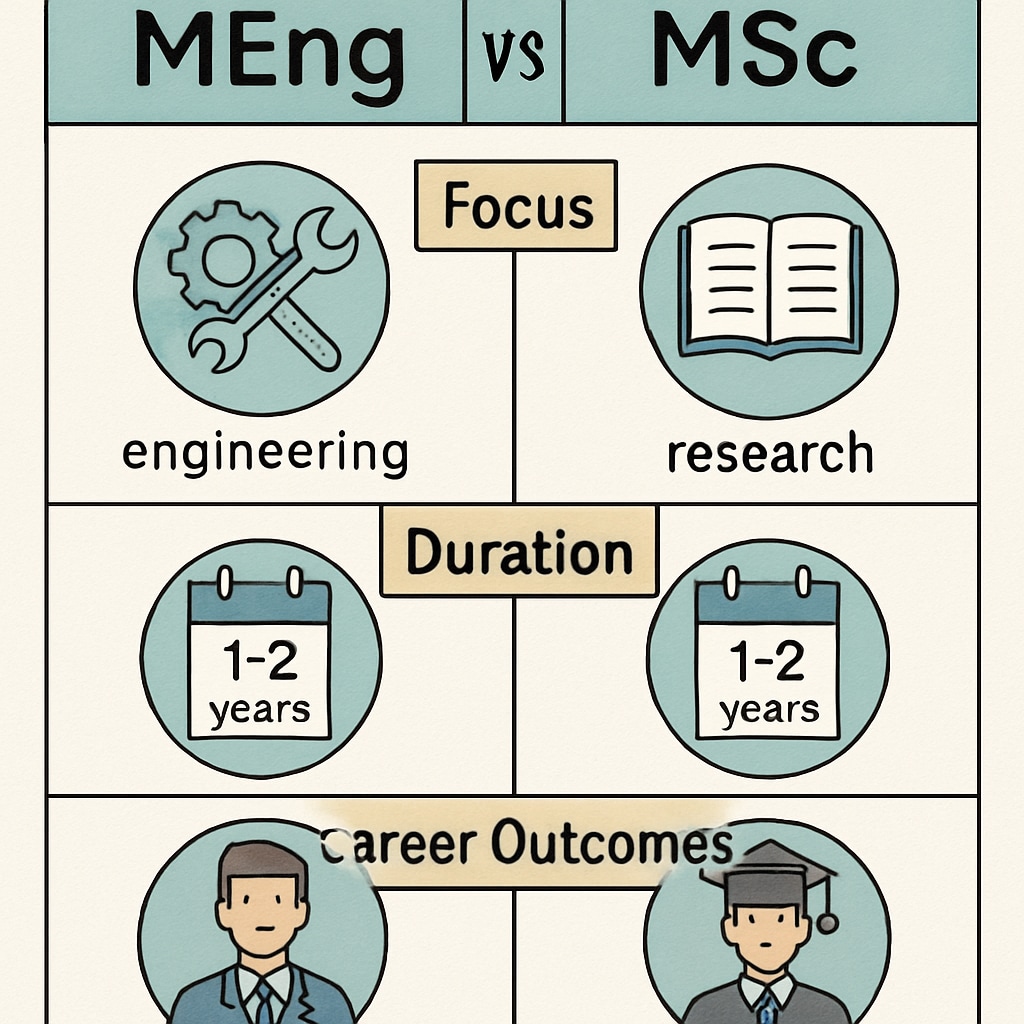In the ever-evolving landscape of design engineering, the decision to pursue a master’s degree—whether an MEng (Master of Engineering) or MSc (Master of Science)—can have a profound impact on an individual’s career. Preparing for these milestones, however, begins long before university. The K-12 education system plays a pivotal role in cultivating the design thinking and problem-solving skills that are essential for future engineers. By integrating STEM (Science, Technology, Engineering, Math) education with hands-on projects and real-world applications, educators can provide students with the foundational tools they need for success in the field of design engineering and informed decision-making regarding their career paths.
The Role of K-12 Education in Shaping Future Engineers
Design engineering requires a unique blend of technical knowledge, creativity, and practical problem-solving skills. K-12 education is the ideal stage to introduce students to these concepts. By exposing young learners to engineering principles early on, educators can ignite their interest in the field and help them develop skills that will serve them throughout their academic and professional journeys.
For example, project-based learning (PBL) is a powerful tool in STEM education. Through PBL, students work on projects that mimic real-world engineering challenges, such as designing a bridge or creating a sustainable energy solution. This hands-on approach not only fosters a deeper understanding of engineering concepts but also encourages creativity and critical thinking.

Building Design Thinking Skills Through STEM Education
Design thinking—a human-centered, iterative process for solving complex problems—is a cornerstone of design engineering. By incorporating design thinking exercises into K-12 curricula, educators can help students develop the ability to empathize, ideate, prototype, and test solutions. These skills are invaluable in both academic settings and professional environments.
STEM programs can incorporate design thinking in various ways, such as:
- Encouraging students to identify real-world problems in their communities and brainstorm potential solutions.
- Integrating technology and coding exercises to simulate engineering processes.
- Providing opportunities for students to work in teams, fostering collaboration and communication skills.
These experiences not only prepare students for advanced studies in design engineering but also equip them with transferable skills that are highly valued in numerous industries.
MEng vs. MSc: Making an Informed Choice
As students progress from K-12 to higher education, those interested in design engineering often face a critical decision: Should they pursue an MEng or an MSc degree? While both options offer specialized training, they cater to different career paths.
The MEng degree typically focuses on practical applications and industry-oriented skills. It is ideal for students who aim to work directly in engineering roles or pursue leadership positions within engineering firms. On the other hand, the MSc degree emphasizes research and theoretical knowledge, making it a better fit for individuals interested in academic roles or advanced research positions.
By fostering an early understanding of these pathways through K-12 education, students can make more informed decisions about their future. For instance, exposing students to industry professionals or engineering researchers during high school can provide valuable insights into the day-to-day realities of these careers.

The Long-Term Impact on Career Development
The foundation built during K-12 education has long-term implications for career development in design engineering. Early exposure to engineering concepts, combined with opportunities to develop problem-solving and critical thinking skills, positions students for success in both academic and professional settings. Moreover, the ability to make informed decisions regarding higher education—such as choosing between MEng and MSc programs—can significantly influence career trajectories.
In addition, soft skills such as teamwork, communication, and adaptability, which are often emphasized in K-12 STEM programs, play a crucial role in career advancement. These skills enable engineers to collaborate effectively, lead projects, and adapt to the rapidly changing demands of the industry.
Ultimately, the goal of K-12 education is not just to prepare students for higher education but to equip them with the mindset and skills needed to thrive in a competitive and dynamic world. By focusing on design thinking and STEM education, we can inspire the next generation of engineers to innovate, solve complex problems, and make meaningful contributions to society.
Readability guidance: This article uses short paragraphs, lists, and examples to improve readability and engagement. It avoids overly complex language and maintains a balance between technical information and practical insights.


